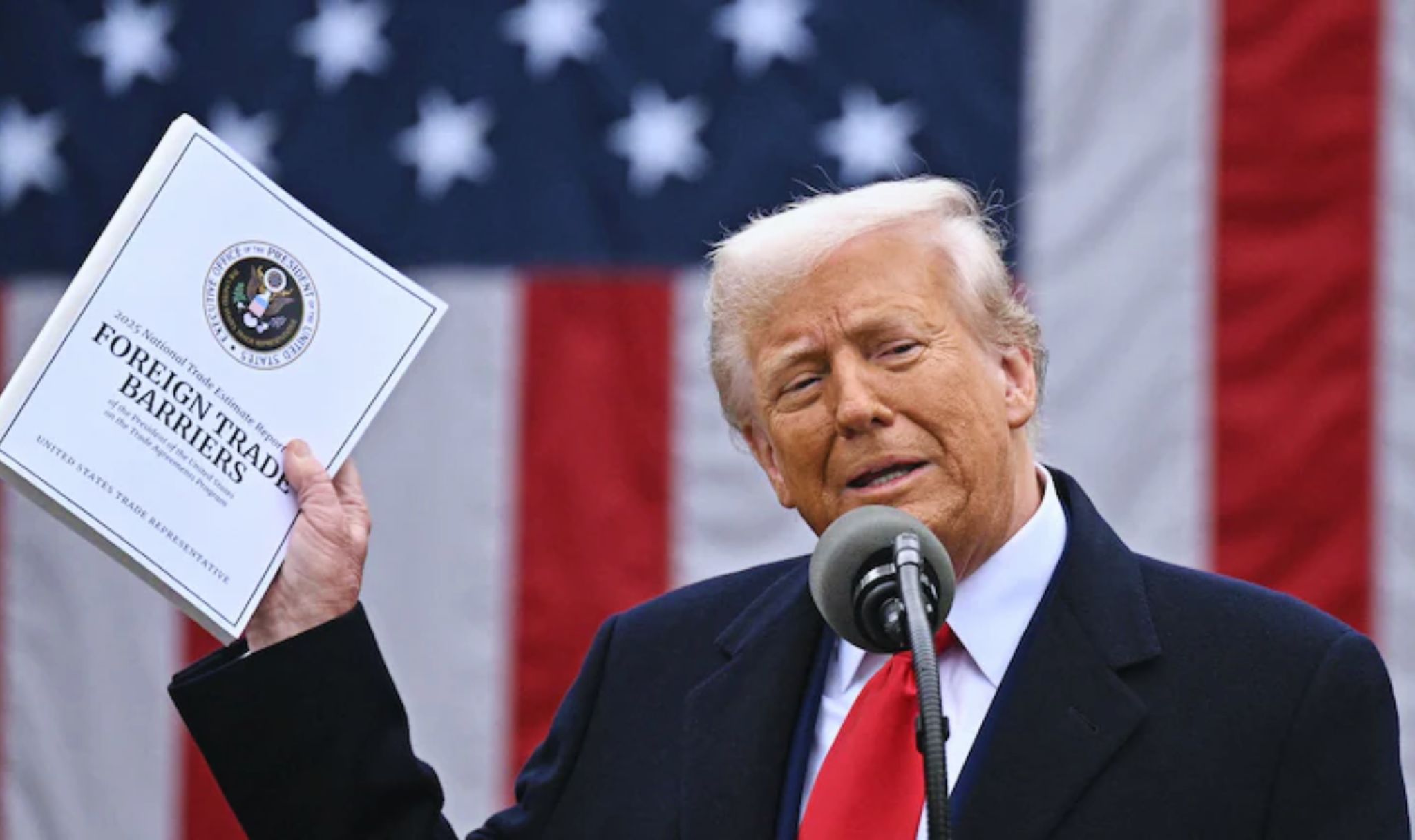News of a bank’s financial stability can do much to alter a bank’s share price in an increasingly volatile market. IndusInd Bank had a significant uptick in stock value recently with reassuring words from the Reserve Bank of India (RBI). On March 17, the shares of IndusInd Bank surged more than 3% after the RBI cleared the bank’s financial status, specifically soothing fears over variations in its derivatives portfolio. Here we discuss in this blog why IndusInd Bank shares moved up, what is so important about RBI clarification, and overall implications for the future performance of the bank.
A Rocky Start for IndusInd Bank: The Initial Concerns
Recent periods have witnessed IndusInd Bank weathering a spate of difficulties, with ensuing investor panic. The principal reason for fear came from a report issued internally by the bank following the finding of anomalies within a segment of its derivatives portfolio. The reported discrepancies raised prospects for an impairment to the net value of the bank, inspiring a succession of detrimental assumptions made about it within the market. The bank had estimated the differences would have an effect of 2.35% on its net worth. The news created a ripple effect on the stock market, causing the share prices of the bank to dip.
The market’s anxiety was further heightened when reports indicated that the profits of the bank could be cut by approximately Rs 1,500 crore, a figure that would certainly impact the financial prospects of IndusInd Bank. The ambiguity regarding the effect of these differences created market volatility, with analysts and investors keenly observing to determine the complete implications of the scenario.
However, the situation took a positive turn when the RBI issued a statement addressing the concerns surrounding IndusInd Bank. The central bank reassured the market about the bank’s stability and health, which played a pivotal role in the subsequent recovery of the bank’s stock price.
RBI’s Statement: A Strong Reassurance
The RBI’s statement, issued on March 17, 2025, was a much-needed clarification in response to the growing concerns over IndusInd Bank’s financial standing. According to the RBI, the private lender was “well-capitalized,” and its financial position remained “satisfactory.” The statement highlighted the bank’s robust financial metrics, including its Capital Adequacy Ratio (CAR), Provision Coverage Ratio (PCR), and Liquidity Coverage Ratio (LCR), which are key indicators of a bank’s stability and solvency.
The Capital Adequacy Ratio (CAR) of 16.46% for December 31, 2024, was one point of specific mention in the RBI release. CAR is a key parameter used to establish the bank’s ability to bear losses, and the robust CAR of IndusInd Bank points towards the fact that the bank possesses a healthy capital base to bear risks. The 70.2% Provision Coverage Ratio (PCR) was another comforting statistic, as it indicated the bank’s ability to service and cover its non-performing assets.
In addition, as of March 9, 2025, the bank had a Liquidity Coverage Ratio (LCR) of 113%. LCR is a crucial ratio that guarantees that a bank has sufficient high-quality liquid assets to meet a financial crisis for 30 days. The regulatory LCR requirement is 100%, and IndusInd Bank’s performance well surpassed this, which enhanced investor confidence.
These strong numbers, as underlined by the RBI, reflected the bank’s healthy balance sheet and capacity to withstand possible vulnerabilities in the market. The supporting statement by the RBI assisted in rejuvenating investor confidence, as evidenced by the steep rise in IndusInd Bank’s stock price.
The Derivatives Discrepancies: What Happened?
Although the RBI issued positive words of assurance to IndusInd Bank, its derivatives portfolio question remains in the air. The disparity in the derivatives portfolio came into the picture from the process of an internal check. The doubt had arisen due to its capability of having a possible impact on the financial conditions of the entire bank. Estimating its capacity of 2.35%, its net worth might decline on a big basis about its entire worth.
The differences were primarily attributed to the valuation of some derivatives of the bank. Although these differences were not fraudulent, they created uncertainty regarding the completeness and reliability of the bank’s financial reporting as well as its derivatives portfolio risk. The management of the bank, headed by CEO Sumant Kathpalia, assured that the bank would implement remedial measures to put these issues in order and provide the required disclosure to stakeholders.
The potential impact on the bank’s profit was estimated to be around Rs 1,500 crore, which prompted concerns about a reduction in earnings and a hit to the bank’s overall financial standing. However, the RBI’s statement about the bank’s well-capitalized status and its solid financial position helped assuage investor concerns, leading to a positive market reaction.
Market Reaction: IndusInd Bank Shares Surge
In the wake of the RBI’s soothing declaration, IndusInd Bank shares jumped by more than 3%, trading at Rs 691.85, a 2.9% rise over the previous day’s close. This price appreciation illustrated the market’s favourable reaction to the RBI’s confirmation of the bank’s financial health. The share price upsurge represented a definitive recovery from the early fall occasioned by the discrepancies in derivatives.
This rally in the share price also indicated a wider sentiment change in the market. Investors, who had been apprehensive about the risks that the bank’s internal review might pose, were now more confident that the bank would be able to contain those risks effectively. The robust Capital Adequability Ratio, Provision Coverage Ratio, and Liquidity Coverage Ratio served to support the market’s view of IndusInd Bank as a well-managed and stable financial institution.
What’s in Store for IndusInd Bank?
Although the immediate issues involving IndusInd Bank’s derivatives portfolio have been resolved, the future of the bank in the long term will involve a variety of determinants, among them recovering from the discrepancies within its derivatives portfolio and further developing its core businesses. The management of the bank has pledged to implement corrective measures, and the fact that these measures are concluded will be instrumental in regaining complete investor confidence.
Moreover, the bank’s continued focus on maintaining a healthy capital base and improving its asset quality will be crucial for its long-term growth. The RBI’s positive assessment of the bank’s financial health will likely help the bank secure investor confidence as it navigates these challenges.
One of the most important things to look out for will be the bank’s capacity to contain any resulting losses from the discrepancies in its derivatives book. The bank has reassured investors that it is working to rectify the situation and ensure it does not have an impact on its long-term performance. Further, the resolution of this situation successfully will be a significant benchmark in rebuilding the bank’s reputation and ensuring it is well-capitalized.
Moreover, the bank’s consistent drive to build its retail banking business, grow its loan book, and diversify its revenue base will be instrumental in maintaining its growth. The Indian banking industry is extremely competitive, and IndusInd Bank’s capacity to evolve with shifting market conditions and consumer behaviour will decide its fate in the years to come.
Conclusion: A Strong Rebound Amid Uncertainty
The recent surge in IndusInd Bank’s share price, after the RBI’s comforting announcement, highlights the significance of investor confidence in the banking industry. The RBI’s confirmation of the bank’s financial health was a welcome relief to the market, which managed to turn around the negative trend initiated by fears of irregularities in the bank’s derivatives book.
Although the bank does have some short-term challenges, the constructive move by the RBI and the robust financial numbers detailed in its statement indicate that IndusInd Bank is well placed to overcome these challenges. Whether the bank can solve its internal problems, keep its capital adequacy intact, and continue to grow its core business will be determinative of its future performance.
Investors will be watching the bank’s performance in the next quarters closely, especially with regard to how it navigates the mismatches in its derivatives book and further builds its business. If the bank succeeds in sustaining its financial resilience and keeps innovating, it will likely remain a resilient player in the Indian banking sector.
In the meantime, IndusInd Bank’s stock price is likely to stay supported by the RBI’s endorsement of its financial health, and any positive developments on the operational front could lead to further price appreciation in the future.















0 Comments